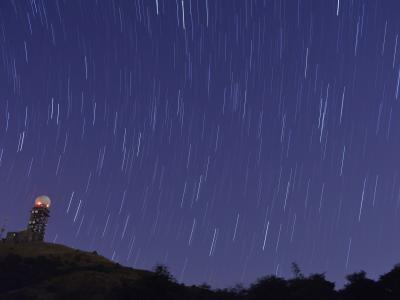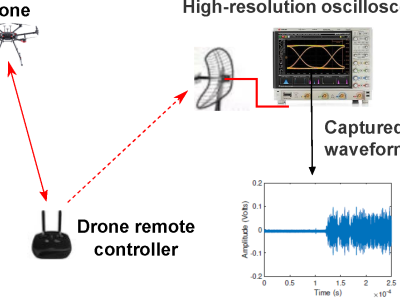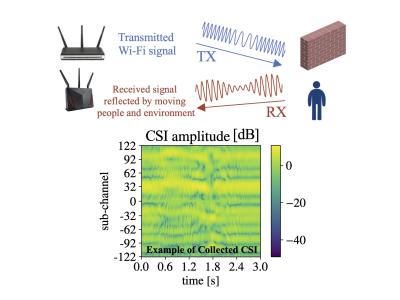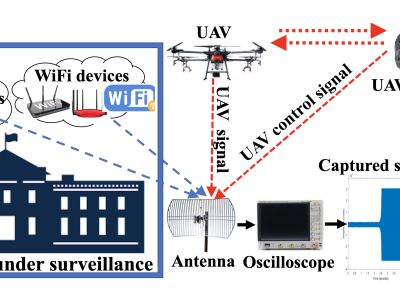A Larus ridibundus Recognition Method Using UAV Remote Sensing and Deep Learning to Address Water Surface Reflection Interference

- Citation Author(s):
-
Qihong Ren
- Submitted by:
- Ren Ren
- Last updated:
- DOI:
- 10.21227/g37q-1k34
Abstract
Monitoring bird populations is crucial to conserve biodiversity and protect wetland ecosystems. Unmanned aerial vehicle (UAV) remote sensing is characterized by high image resolution, strong maneuverability, and convenient data acquisition, and is thus well suited for monitoring bird species in wetland environments. However, strong light reflection from the water surface interferes with the accurate identification of birds on UAV remote sensing images. To address this issue, we propose a combined approach using remote sensing image analysis techniques and deep learning to mitigate water background interference in bird recognition. This approach is based on the assumption that image-processing techniques can effectively remove water surface reflections and background noise to highlight the distinctive features of birds, whereas deep learning enables precise identification by capturing these features. In this study, we focused on the star migratory bird Larus ridibundus, which overwinters in Kunming, Yunnan Province, China. First, color moments, threshold segmentation, and feature fusion techniques were applied to effectively remove water reflections and background noise. Next, image convolution cutting was performed to preserve L. ridibundus characteristics. Finally, hyperparameter optimization was performed to enhance model performance. High-resolution image datasets of typical L. ridibundus gathering sites, namely Laoyu River Wetland Park and Haiyan Village, were captured using UAV aerial photography. U-Net-based deep learning models were trained, evaluated, applied, and compared for L. ridibundus recognition. The proposed method mitigates interferences by strong water-surface reflections, thus enabling more efficient and accurate identification of L. ridibundus flying or floating on the water surface. This study not only presents a new approach for bird monitoring in complex water surface environments, but also offers a reliable data acquisition method to aid wetland ecosystem protection and the harmonious development of humans and nature
Instructions:
jpg
 22 views
22 views







